What is the value of angle 1?
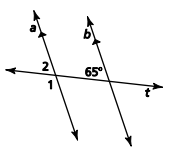
115
Find the measures of the interior angles of the triangle.

x = 62
Find the sum of all the interior angles of the polygon.
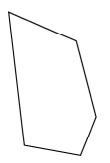
540
Tell whether the triangles are similar.

yes
Tell whether the angles are complementary, supplementary, or neither.

Supplementary
If the measure of angle 8 = 82°, then the measure of angle 3 = _____.
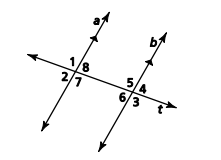
What is the value of x?

x = 39
Find the sum of all interior angles.
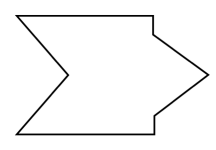
1080
Find x
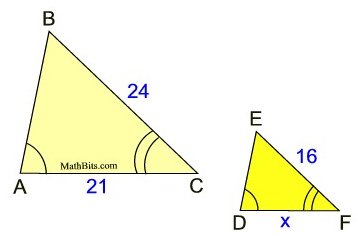
x = 14
CLASSIFY THE ANGLES FIRST. Then find the value of x

supplementary
x = 148
What is the value of x?
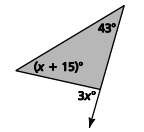
x = 29
find the measures of one of the angles if this is a regular polygon.
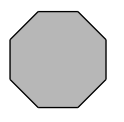
135
Find the value of x
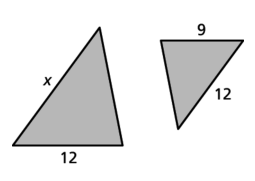
x = 16
Find the value of x

A right triangle has an exterior angle with a measure of 142°. What are the other two angles of the triangle?
52 and 38
Find the value of x

x = 49
What is the distance to the island?

24 yards
Find the value of x

To find the area of a regular polygon with more than four sides, you need to know the length of the apothem. The apothem is the distance from the center to any side of the polygon.
Once you know the length of the apothem, you can calculate the area of a regular polygon using the formula A =
1/2ans
, where a is the length of the apothem, n is the number of sides in the polygon, and s is the length of the sides.
Find the area of the regular polygon.
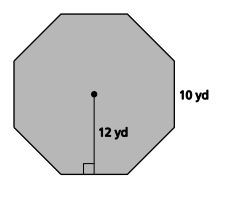
480
AB is parallel to DE. AC = 5 and CD = 13.
If the area of ABC is 11, what is the area of CDE?
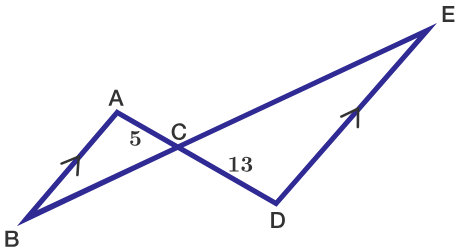
28.6